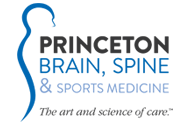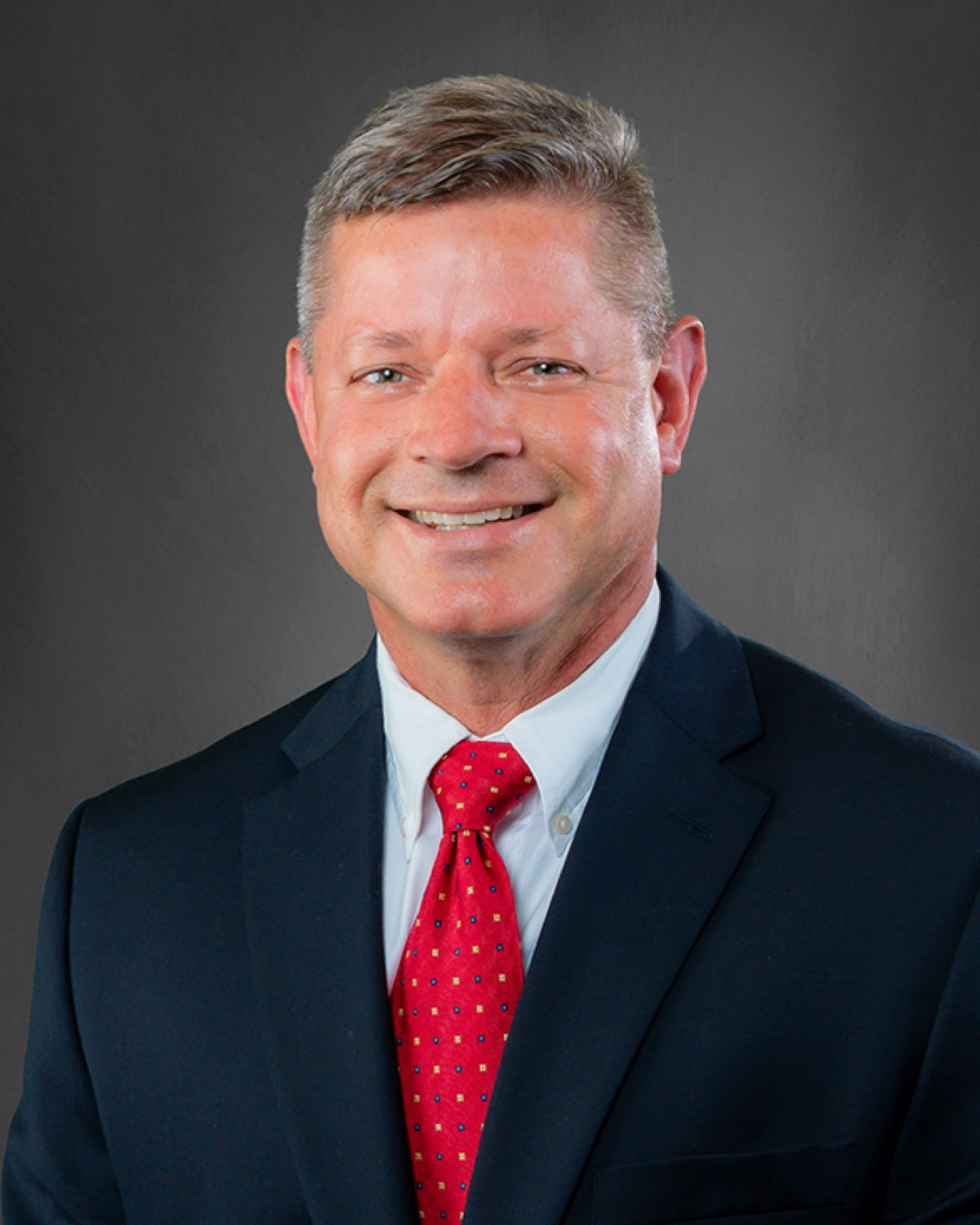Steve Lychock, DC
Chiropractor
A lifelong interest in science and healthcare drew me to chiropractic, but I believe my every-guy nature is what’s enabled me to excel in the field.
While chiropractic is a non-invasive therapy, chiropractors tend to have more of a hands-on relationship with their patients than most healthcare providers do. So, in order for any treatment to be effective, I first need to ensure that my patients understand what I’m about to do and why I’m doing it. Only then will they begin to feel comfortable with me and the process.
I take those conversations seriously, but not so seriously that I overwhelm them with jargon and technical dissections of their concerns. At its core, chiropractic is a pretty straightforward therapy. In everything I do, I’m aiming to alleviate the pressure on the affected nerve. Even a small amount can throw the body out of whack in a number of unexpected ways. For example, the pain may originate in your neck, but suddenly you’re experiencing muscles spasms in your left arm.
I like to equate the nervous system to a bike chain: If a single link begins skipping, it can disrupt the mechanics of the entire bike.
Often, my initial conversations with patients are about more than education. Some arrive in my exam room with reservations because they’d heard of someone who had a negative experience with a chiropractor once. Or they’re hindered by a physical limitation as a result of an injury or adjunct treatment, and they’re wary of me making it worse. In both cases, I reassure the patient that I can meet them where they are. With chiropractic, there are lots of different ways to address a single issue, all of them effective in their own way.
Chiropractic can be recommended as a supplementary treatment to surgery or as a more passive alternative to surgery. For the latter, I approach their treatment in three distinct phases. First, I work to relieve their pain and discomfort. Then, once they’re more comfortable, I’ll correct their issue. The final phase is maintenance. I want to do everything I can to ensure they don’t regress after the conclusion of their therapy.
It can take time to fully heal from a nerve or soft-tissue injury. But I’ve found that those who are patient with their treatment are usually rewarded.
My practice welcomes referrals for most spine disorders, and we accept most major insurance providers, as well as Medicare.

